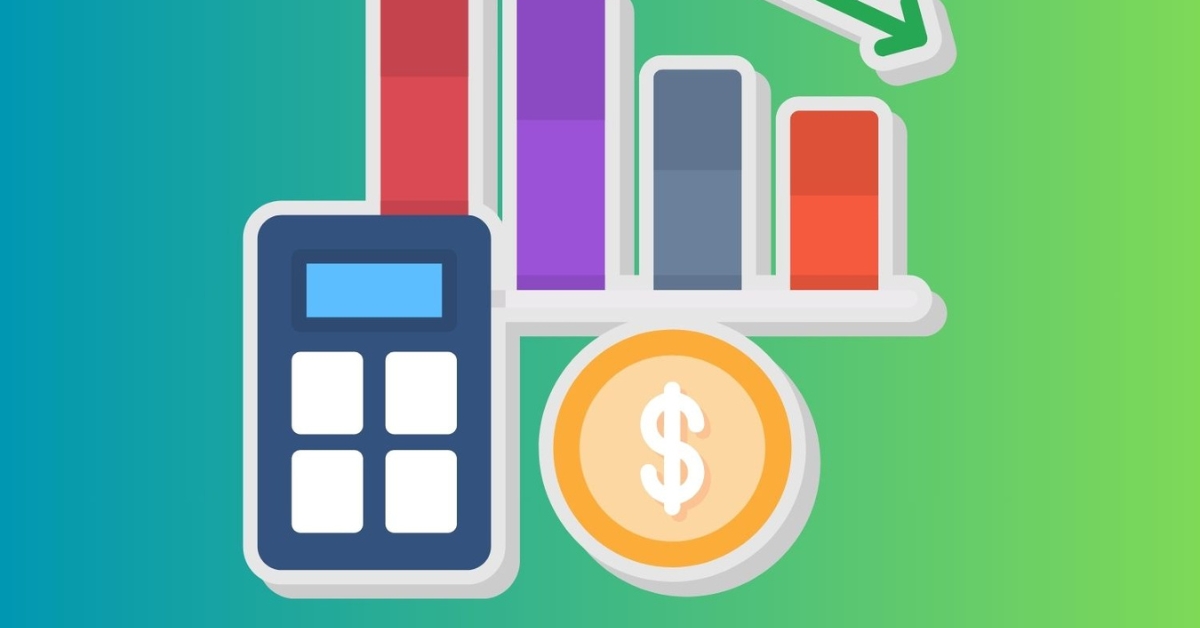Introduction
Traditionally, credit scoring has been based on a limited financial data set, primarily focusing on past borrowing behavior and economic history. This system can be restrictive and exclusionary for many individuals, especially those with limited credit histories. However, with the rise of open banking, the credit scoring system is undergoing a significant transformation. Open banking enables third-party financial services providers to access a wealth of economic data (with customer consent), providing a more comprehensive, accurate, and inclusive way to assess creditworthiness. Here’s how open banking is changing the landscape of credit scoring.
1. Access to a Broader Range of Financial Data
One of the most significant changes in open banking is the access to a broader array of financial data. Traditionally, credit scores were primarily determined by credit card usage, loans, and repayment history. However, with open banking, lenders can now access more detailed data, such as bank account transactions, savings habits, utility payments, and income. This broader data set allows for a more holistic view of a person’s financial behavior.
For example, traditional credit assessments may have excluded individuals with no credit history but consistent savings or timely bill payments. Open banking allows alternative data sources to be used, improving the accuracy of credit scoring and helping those the traditional financial system has previously underserved.
2. More Accurate and Fair Credit Assessments
Open banking empowers lenders to make better-informed decisions by providing access to real-time data and up-to-date financial information. Thus, credit assessments can be based on an individual’s current economic status rather than outdated credit bureau information.
Lenders can accurately predict borrowers’ repayability by considering factors like income stability, spending habits, and recurring expenses. This approach reduces the risk of offering credit to individuals who cannot repay while also allowing lenders to extend credit to a broader range of people who may otherwise have been rejected based on outdated or incomplete data.
3. Improved Financial Inclusion
One of the most important benefits of open banking is improving financial inclusion. Many individuals, especially in underbanked or developing regions, lack access to traditional credit facilities, leaving them excluded from the economic system. Open banking allows these individuals to build or improve their credit scores by providing data about their financial behavior, such as regular payments and savings habits, that might not go unnoticed.
This alternative credit scoring opens doors for those with limited access to traditional financial services, including young people, freelancers, and immigrants. They can access more loans or credit cards based on their economic behavior rather than a conventional credit score.
4. Enhanced Personalization and Customization
With open banking, lenders can move away from a one-size-fits-all approach to credit scoring and offer more personalized financial products. Financial institutions can better tailor loan offers, credit limits, and interest rates to suit the individual’s needs and repayment capacity by analyzing the full scope of a customer’s economic data.
For example, if someone has a steady income but low credit card usage, open banking could reveal that they are financially responsible, even without a traditional credit history. This can lead to more tailored lending products that are both more accessible and affordable for the borrower.
5. Transparency and Empowerment for Consumers
Open banking also increases transparency in the credit scoring process. Consumers can gain insight into how their financial data is used in the lending process, giving them a better understanding of what affects their credit score. This increased visibility allows consumers to improve their financial habits and actively monitor their creditworthiness.
Moreover, open banking allows consumers to control their data. They can choose which providers can access their financial information and revoke access at any time. This empowerment helps to build trust between consumers and financial institutions.
Conclusion
Open banking is fundamentally transforming how creditworthiness is assessed. By expanding the range of data used for credit scoring, open banking provides a more accurate, fair, and inclusive system that benefits both consumers and lenders. It allows individuals to build credit based on their financial behavior, promotes financial inclusion, and opens up more opportunities for those previously excluded from the economic system. Open banking will likely become a key driver of more equitable and personalized financial services as it grows.
#OpenBanking #CreditScoring #FinancialInclusion #AlternativeCredit #FinancialServices #PersonalizedLoans #CreditAccess #FinancialData #InclusiveBanking #FutureOfFinance
Categories



